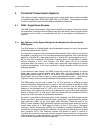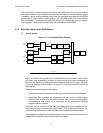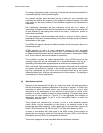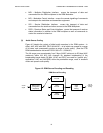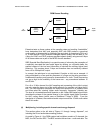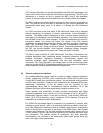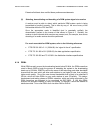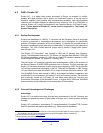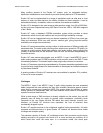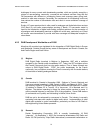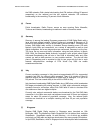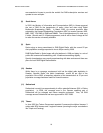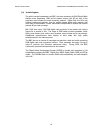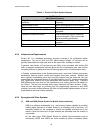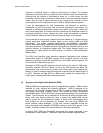
DIGITAL RADIO GUIDE TERRESTRIAL TRANSMISSION SYSTEMS - DAB
19
4.2 DAB – Eureka 147
Eureka 147
1
is a digital radio system developed in Europe for reception by mobile,
portable and fixed receivers with a simple non directional antenna. It can be used in
terrestrial, satellite, hybrid (satellite with complementary terrestrial), and cable broadcast
networks and has been designed to operate at any frequency from 30 to 3000 MHz. In
practice, Eureka 147 is being implemented in two spectrum bands, VHF Band III and L
Band. Further details of Eureka 147 can be found in Appendix A: The Eureka 147
System Description.
4.2.1 System Development
Eureka
2
was established in 1985 by 17 countries and the European Union to encourage
a bottom up approach to technological development and to strengthen the competitive
position of European companies on the world market. It supports the competitiveness of
European companies through international collaboration, in creating links and networks of
innovation. The 147th Eureka technical project was to develop a digital radio system,
hence Eureka 147.
The Eureka 147 Consortium
3
was founded in 1987 with 16 partners from Germany,
France, The Netherlands and the UK. The Eureka 147 standard was defined in 1993 with
ITU Recommendations released in 1994 and an initial ETSI standard released in 1995.
Eureka closed the Eureka 147 project on 1 January 2000.
The first Eureka 147 prototype equipment was demonstrated in 1988 on the occasion of
the Second Session of WARC-ORB conference held in Geneva. The first consumer type
Eureka 147 receivers developed for pilot projects were released in 1995. The first Eureka
147 services commenced transmitting in the UK, Denmark and Sweden in 1995. Eureka
147 was officially launched at the Berlin IFA (a major consumer electronics show) in 1997.
The WorldDAB Forum
4
was formed in 1995 to encourage international cooperation and
coordination for the introduction of Eureka 147 onto the consumer market. The technical
work previously carried out by Eureka 147 now takes place within the Technical and
Commercial Committee of the WorldDAB Forum. In August 2003, DRM and WorldDAB
announced they would collaborate in the development of their systems.
4.2.2 Principal Advantages and Challenges
Advantages
Eureka 147 is a mature technology that has been implemented in the UK, Germany and
Canada and extensively tested in other parts of Europe and in other countries including
Australia.
Eureka 147 is defined by international ITU recommendations, European ETSI, Cenelec
and IEC standards and national standards (e.g., British receiver standards).
1
Eureka 147 is also known as DAB, Eureka DAB, S!147 (S! is the logo for Eureka projects) and ITU System A. T-DAB
and S-DAB may also be used to distinguish between terrestrial and satellite versions of Eureka 147.
2
Further information on Eureka at www.eureka.be
3
Further information on Eureka-147 consortium at
http://www.eureka.be/ifs/files/ifs/jsp-bin/eureka/ifs/jsps/projectForm.jsp?enumber=147
.
4
Further information on WorldDAB forum at http://www.worlddab.org/dab



